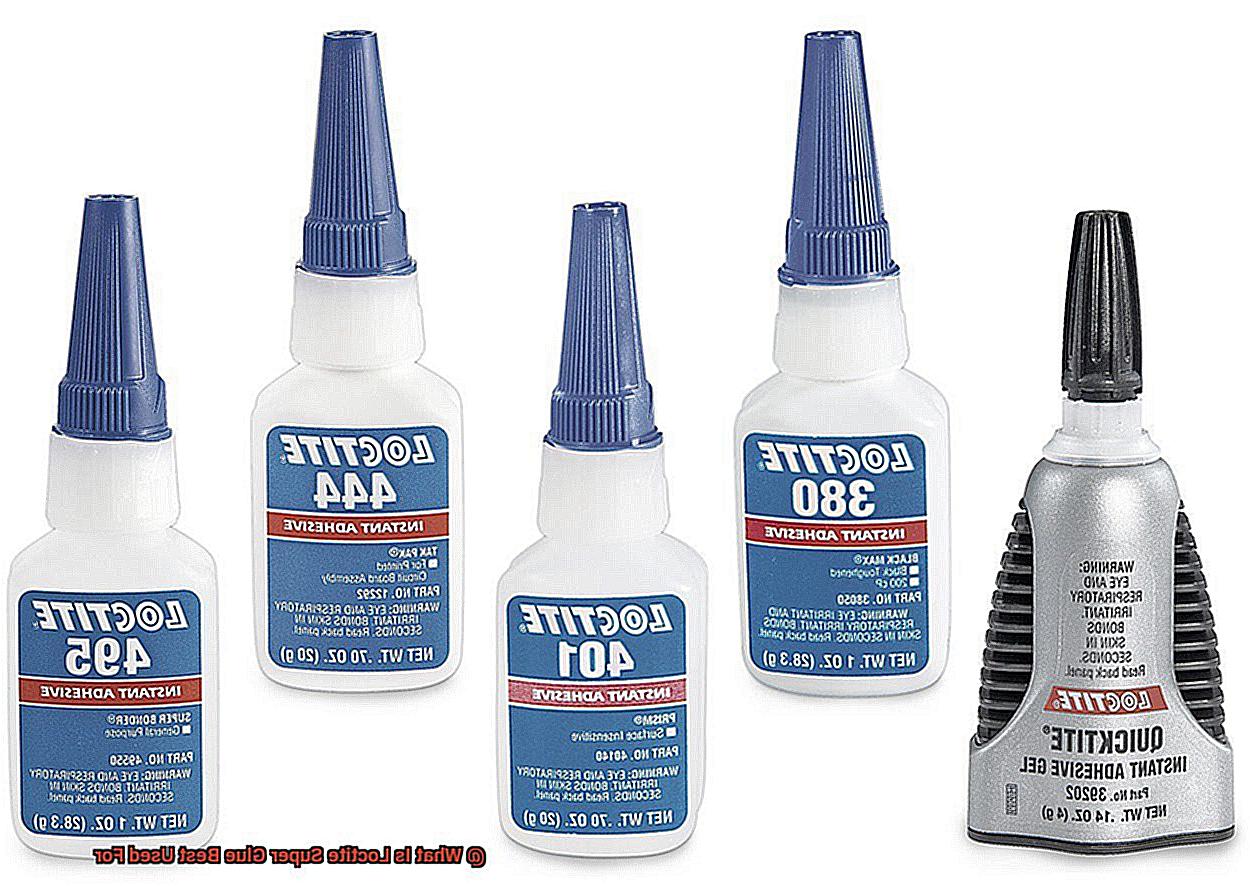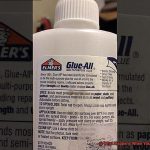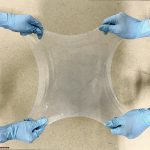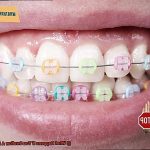Tired of things always breaking at home?
From your favorite ceramic figurine to that pesky loose screw in your glasses, we all wish for a magic fix-it solution. Well, look no further.
Loctite Super Glue is here to save the day – or rather, save your broken treasures. This versatile adhesive is a DIY enthusiast’s dream come true.
With its incredible bonding power and speedy drying time, Loctite Super Glue is the ultimate go-to for countless applications. Whether you’re patching up household items or crafting intricate models, this super glue does it all.
Say goodbye to broken things and hello to a more reliable and efficient way of fixing stuff around your home.
What is Loctite Super Glue?
Contents
With its exceptional strength, quick setting time, and versatility across various materials, this adhesive delivers reliable and durable bonds for a wide range of projects and repairs. In this blog post, we will explore the key features of Loctite Super Glue and how it can bring your ideas to life.
Unmatched Versatility:
Loctite Super Glue is a jack-of-all-trades adhesive that bonds materials like metal, plastic, rubber, ceramics, leather, wood, and more. Whether you’re fixing a broken household item or creating intricate crafts, this adhesive provides a reliable and durable bond that stands the test of time.
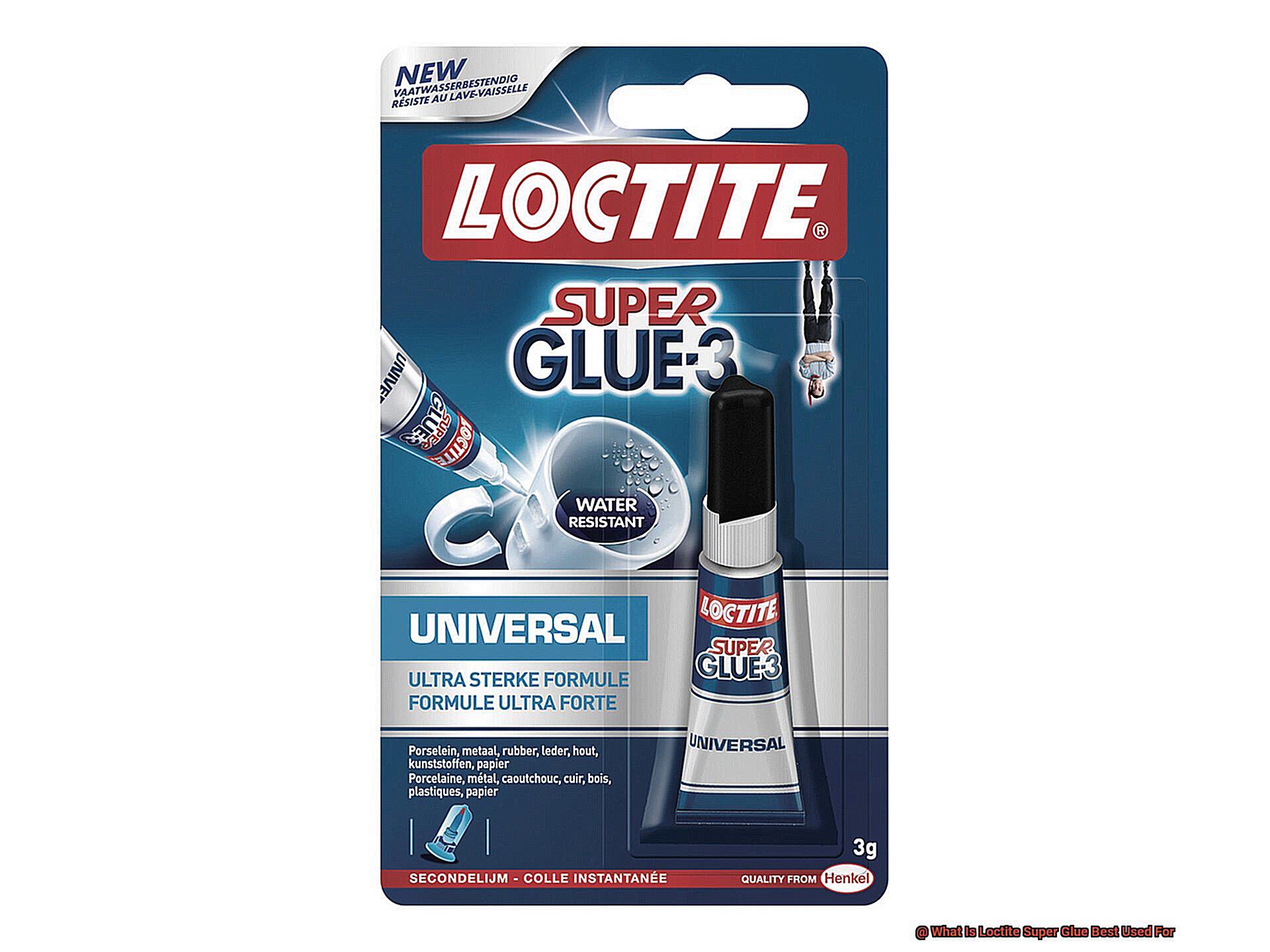
Strength that Endures:
What sets Loctite Super Glue apart is its exceptional strength. Once cured, the bond it creates is resistant to impact, moisture, and extreme temperatures. No matter if you’re working on indoor projects or tackling outdoor repairs, this adhesive ensures your bonded items stay firmly in place even under challenging conditions.
Speedy Results:
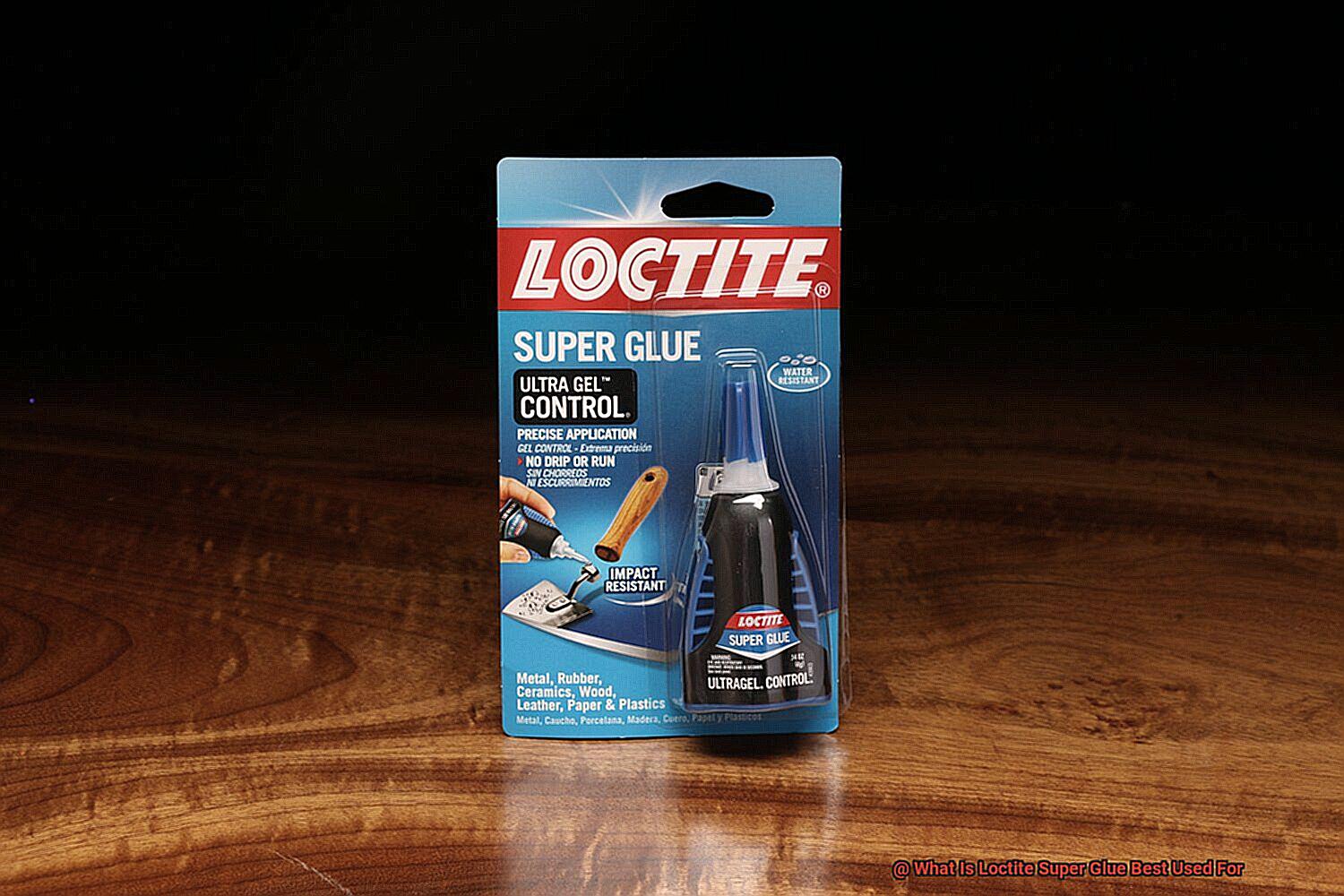
Time is precious when it comes to completing projects. Fortunately, Loctite Super Glue offers quick setting time. Unlike other adhesives that may take hours or days to fully cure, this super glue dries in just seconds. You can efficiently finish your tasks and move on to the next project without delay. Although the initial bond forms quickly, note that the adhesive may take up to 24 hours to reach maximum strength.
Tailored to Your Needs:
Loctite understands that different projects require different solutions. That’s why they offer a range of formulations catered to specific needs. Gel formulas provide precise application with reduced mess. The Plastics Bonding System is a specialized formula for strong bonds on plastic surfaces. With these options, you can find the perfect Loctite Super Glue for your specific project requirements.
Bonding Non-Porous Materials
When it comes to bonding non-porous materials like glass, metal, plastic, and ceramics, Loctite Super Glue is your secret weapon. With its quick-curing capabilities and robust adhesive strength, this versatile adhesive can help you tackle a wide range of projects and repairs. In this blog post, we will explore the process of bonding non-porous materials using Loctite Super Glue, along with some handy tips and safety precautions to ensure successful and safe applications.
Prepare the surfaces:
To achieve a strong bond, it is crucial to start with clean and dry surfaces. Wipe away any dirt, oil, or debris using a clean cloth or a mild solvent. For optimum adhesion, lightly sand the surfaces to create a slightly roughened texture.
Apply the glue:
Using Loctite Super Glue, apply a small amount to one of the surfaces. Remember, less is more. Applying excessive amounts of glue can lead to messy application or poor bonding. Be precise and controlled in your application.
Press and hold:
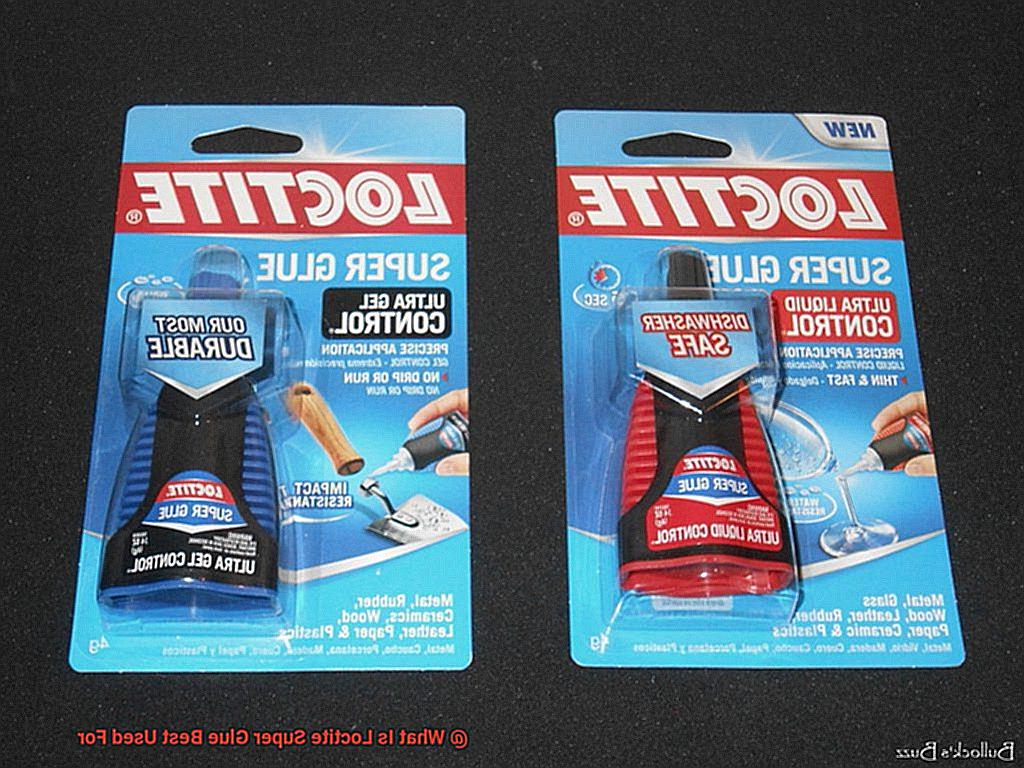
Once the glue has been applied, firmly press the two surfaces together. Hold them in place for a few seconds to allow the glue to cure and create a strong bond. Avoid any unnecessary movement during this critical curing period.
Extra tips for specific materials:
- Glass: Loctite Super Glue is excellent for repairing broken glass objects or bonding glass pieces together. Its fast-curing nature ensures a sturdy and durable repair.
- Metal: Automotive repairs often involve bonding metal parts or fixing broken components. Loctite Super Glue’s quick-curing properties make it ideal for such applications.
- Plastic: While Loctite Super Glue can bond many plastic materials, it may not be suitable for all plastics. Some plastics with low surface energy, like polyethylene and polypropylene, require specialized plastic adhesives.
- Ceramics: Loctite Super Glue is perfect for bonding ceramic pieces or repairing broken ceramic objects. Its ability to withstand heat and moisture makes it ideal for various ceramic applications.
Safety precautions:
- Use in a well-ventilated area to avoid inhaling fumes.
- Wear gloves to protect your skin from potential irritation.
- Keep the glue away from children and pets.
- Store the glue in a cool, dry place, away from direct sunlight.
Bonding Porous Materials
When it comes to bonding porous materials, Loctite super glue is an absolute superhero. Its low viscosity allows it to seep into the tiniest pores on your material’s surface, whether it’s wood, fabric, paper, or certain plastics. This means that every nook and cranny is coated in a strong and durable bond.
Unlike other adhesives that take hours or even days to dry, Loctite super glue dries in seconds or minutes. This quick curing time is crucial when working with porous materials because it prevents the glue from being absorbed too deeply before it solidifies.
And let’s talk about strength. Loctite super glue forms a tight and secure bond between porous material surfaces. Your repaired wooden furniture won’t fall apart with a gentle touch, and those fabric patches won’t come loose after a single wash. This adhesive can handle stress and pressure like a champ.
But wait, there’s more. Loctite super glue also has excellent resistance to moisture and temperature changes. So whether you’re fixing something that might encounter water or exposing it to different environmental conditions, you can trust that the bond will remain intact over time.
Of course, there are exceptions. Some extremely porous materials may require specialized adhesives or techniques. Always read the instructions and test the adhesive on a small area before going all out.
Filling Gaps and Cracks
Filling gaps and cracks may appear daunting at first, but fear not. Loctite super glue is here to save the day. This adhesive superhero is your go-to solution for fixing a broken vase or sealing a leaky pipe.
Let’s dive into the world of Loctite super glue and explore how it effortlessly fills gaps and cracks with ease.
With its renowned strong bond, Loctite super glue is the perfect choice for filling small gaps and cracks in various materials such as wood, metal, plastic, ceramic, and more. Its fast-drying nature ensures quick repairs, saving you precious time and effort.
But how does this adhesive work its magic? When applied to a surface, Loctite super glue swiftly penetrates into the gaps, completely filling them. It creates a tight and secure bond that can withstand moisture, heat, and even most chemicals. Your repaired item will stand the test of time.
Loctite super glue’s versatility extends beyond indoor repairs. It can also be used for outdoor applications like fixing a broken fence or sealing cracks in patio furniture. This adhesive superhero has got your back in any situation.
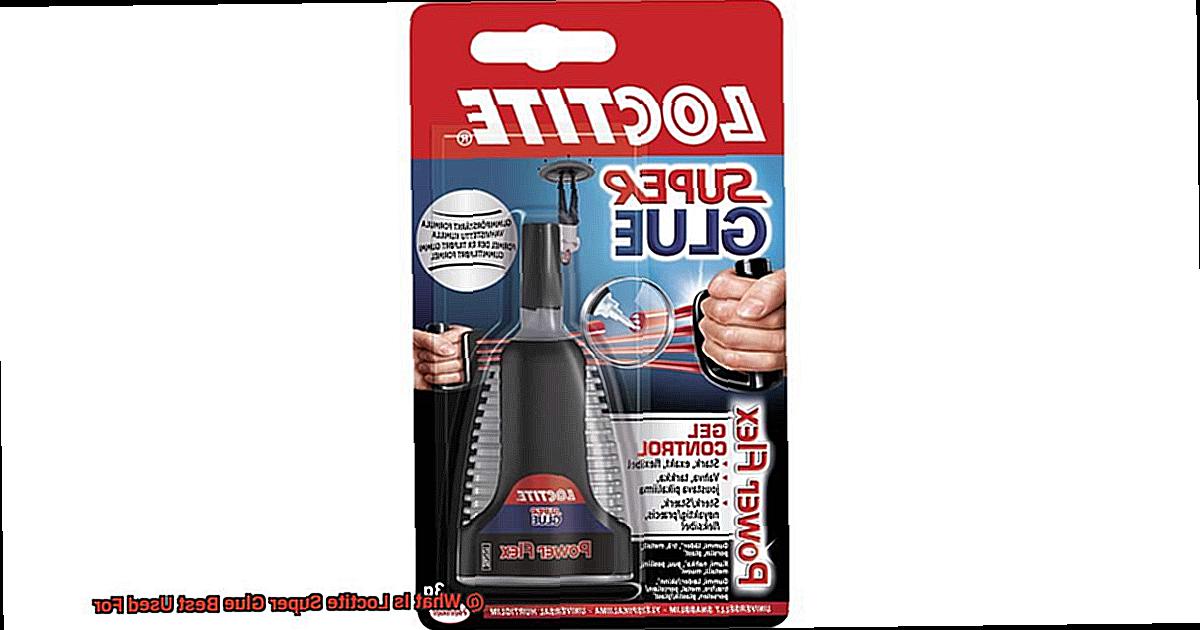
To achieve optimal bonding, thorough surface cleaning is essential before applying the glue. This removes any dirt or debris that may hinder its effectiveness. Additionally, applying the glue sparingly prevents excess adhesive from oozing out of the gaps or cracks.
Remember, safety always comes first. Follow the instructions provided by Loctite for proper usage and safety precautions. By doing so, you will achieve the best results while keeping yourself protected.
Crafting and Hobby Projects
Loctite super glue is the secret weapon that can take your crafting and hobby projects to new heights. Its fast-drying and strong bond make it a versatile adhesive that can enhance any DIY creation. In this comprehensive guide, we will delve into the various uses of Loctite super glue and explore how it can become an invaluable tool for every DIY enthusiast.
Powerful Bonding Capabilities:
Loctite super glue excels at joining different materials together, including wood, metal, plastic, and fabric. Whether you’re building a model airplane, assembling jewelry pieces, or creating mixed media art, this adhesive provides an exceptionally strong and durable bond.
Efficient Repair and Restoration:
When beloved craft items break or show signs of wear, Loctite super glue is here to save the day. Its quick-drying formula ensures efficient and effective repairs for ceramic figurines, wooden frames, plastic toys, and more. With Loctite super glue, you can extend the lifespan of your cherished creations.
Precision in Jewelry Making:
For jewelry makers, Loctite super glue is an absolute must-have. It offers precise and secure bonding for small components like beads, charms, and findings in custom earrings, necklaces, and bracelets. The adhesive’s clear drying properties guarantee professional-looking results that dazzle.
Enhance with Embellishments:
Loctite super glue is your partner in adding embellishments to your crafts. Whether you’re attaching rhinestones to a picture frame, beads to a fabric project, or sequins to a costume, this adhesive provides a reliable hold. Your embellishments will stay in place even with movement or handling, thanks to its rapid-drying nature.
Outdoor Durability:
Don’t limit yourself to indoor projects – Loctite super glue is also perfect for outdoor applications. From fixing fences to sealing cracks in patio furniture, this adhesive can withstand the elements and ensure long-lasting repairs that endure.
Resistance to Moisture and Temperature Changes
Loctite super glue is renowned for its exceptional resistance to moisture and temperature changes, making it a superior adhesive choice for projects that demand bonds capable of enduring extreme conditions.
The science behind this remarkable resistance lies in Loctite’s unique formulation, which combines key ingredients to create robust bonds that withstand challenging environments. Let’s explore the advantages and features that set Loctite super glue apart:
Resistance to Moisture:
Traditional glues often lose their adhesive properties when exposed to water or high humidity. However, Loctite super glue stands strong and reliable in the face of moisture. It forms a tight molecular connection with surfaces, preventing moisture from penetrating the bond and weakening it. This feature makes Loctite super glue perfect for repairing bathroom fixtures, outdoor equipment, and even marine applications.
Temperature Resilience:
Loctite super glue is specifically designed to withstand both high and low temperatures without compromising its bonding capabilities. Whether scorching sun or freezing winter conditions, Loctite super glue remains effective, ensuring your automotive parts, electronics, or outdoor constructions stay intact. Its ability to resist temperature-induced expansion or contraction is a testament to its durability.
Chemical and Solvent Resistance:
In addition to moisture and temperature resistance, Loctite super glue excels in resisting chemicals and solvents commonly encountered in household or industrial settings. This versatility allows for bonding various materials such as metal, plastic, wood, ceramic, rubber, fabric, leather, and more. Whatever your project entails, Loctite super glue provides exceptional adhesion strength and long-lasting durability.
Not Recommended for Certain Materials
Today, we embark on a journey into the world of Loctite super glue to uncover the materials it may not be recommended for. While this adhesive is a mighty superhero, battling water, heat, and cold to protect your bonds, there are a few materials that require an alternative approach. So, join us as we delve into the limitations and explore alternative options to ensure your projects succeed.
Polyethylene and Polypropylene Plastics:
These plastics possess a low surface energy, making it a challenge for Loctite super glue to establish a strong bond. Fear not. Specialized adhesives designed explicitly for bonding polyethylene or polypropylene are available as the perfect sidekick for these materials.
Glass:
Loctite super glue can create a solid union with glass surfaces; however, prolonged exposure to moisture or water weakens the bond over time. When water resistance becomes paramount, unleash the power of alternative adhesives crafted specifically for glass bonding.
Certain Metals:
Metals like aluminum or copper boast oxide layers on their surfaces that can hinder Loctite’s adhesive prowess. Conquer this obstacle by employing adhesives specifically formulated for metal bonding or by pre-treating the metal surface to eliminate those pesky oxide layers before applying Loctite super glue.
Fabrics and Textiles:
Fabrics with low porosity or adorned with water-repellent coatings may not provide an ideal surface for Loctite super glue to wield its magic effectively. Test a small section before embarking on larger bonding projects and explore fabric-specific adhesives or sewing techniques for optimal results.
Tips for Using Loctite Super Glue
If you’re looking for a reliable adhesive that can bond almost anything, Loctite Super Glue is the way to go. But remember, proper preparation and application are key to getting the best results. So, let’s dive into some handy tips that will help you stick it right.
Prepare for Success:
To ensure a strong and lasting bond, proper preparation is crucial. Before applying Loctite Super Glue, make sure the surfaces are clean, dry, and align perfectly. Any dirt or debris on the surfaces can hinder adhesion, so wipe them down thoroughly. For rough edges or uneven surfaces, use sandpaper to smoothen them out. By starting with a clean slate, you’re setting the stage for a strong and lasting bond.
Less is More:
When using Loctite Super Glue, resist the temptation to squeeze out a lot of glue. Remember that a thin layer is all you need for a secure bond. Using too much glue can lead to messy spills and longer drying times. Apply a small bead of glue along one surface and spread it evenly with a toothpick or a disposable applicator. This ensures an even distribution of adhesive and reduces the risk of excess glue.
Press and Hold:
Once the surfaces are bonded with Loctite Super Glue, hold them firmly together for at least 30 seconds. Applying pressure during this time helps the glue set properly and ensures a secure bond. If necessary, use clamps or tape to maintain steady pressure during this initial bonding period. This step is vital in achieving a strong and durable bond.
Patience is a Virtue:
When using Loctite Super Glue, it’s important to exercise patience and avoid moving or disturbing the bonded surfaces until the glue has fully cured. Depending on the specific Loctite Super Glue product, this can take up to 24 hours. Although it may be tempting to check if the bond is secure, it’s best to resist the urge and let the glue work its magic undisturbed. Patience will pay off in the form of a strong and long-lasting bond.
Oops. Spills Happen:
Accidental spills or excess glue are common when working with adhesives like Loctite Super Glue. However, they can be easily cleaned up if you act quickly before the glue dries. Grab some acetone or nail polish remover and gently dab the spill with a cotton swab. If dried glue needs to be removed, lightly sand it away with fine-grit sandpaper. Just remember to test any solvents on a small area first to ensure they won’t harm the surface. By addressing spills promptly, you can maintain a clean and professional finish.
_vR15u0vmms” >
Conclusion
Loctite super glue is the ultimate adhesive powerhouse, ready to tackle any project with its exceptional bonding power and lightning-fast drying time. Say goodbye to frustration and hello to easy fixes and seamless DIY projects.
This versatile adhesive can bond an array of materials – metal, plastic, rubber, ceramics, leather, wood – you name it. It’s a one-size-fits-all solution for almost any task at hand. And don’t worry about durability – Loctite super glue can withstand impact, moisture, and extreme temperatures without losing its grip.
But Loctite doesn’t stop there. They understand that different projects call for different solutions. That’s why they offer a range of formulations tailored to specific needs. Gel formulas provide precision application with minimal mess, while the Plastics Bonding System is specially designed for strong bonds on plastic surfaces.
No matter the challenge, Loctite super glue rises to the occasion. It effortlessly bonds non-porous materials like glass and metal or fills gaps and cracks in porous materials like wood and fabric. And with its resistance to moisture and temperature changes, you can trust that your creations will stand the test of time.
To make the most of Loctite super glue’s incredible strength, remember to properly prepare your surfaces by giving them a thorough cleaning and applying a thin layer of adhesive. Press those surfaces together firmly and hold them in place during the curing period for an unbreakable bond. And if spills occur (because accidents happen), act quickly to clean them up before the glue sets.
So bid farewell to broken items and welcome a world where everything stays firmly in place thanks to Loctite super glue. With this trusty sidekick by your side, you’ll be amazed at what you can accomplish around your home or in your favorite DIY projects.

